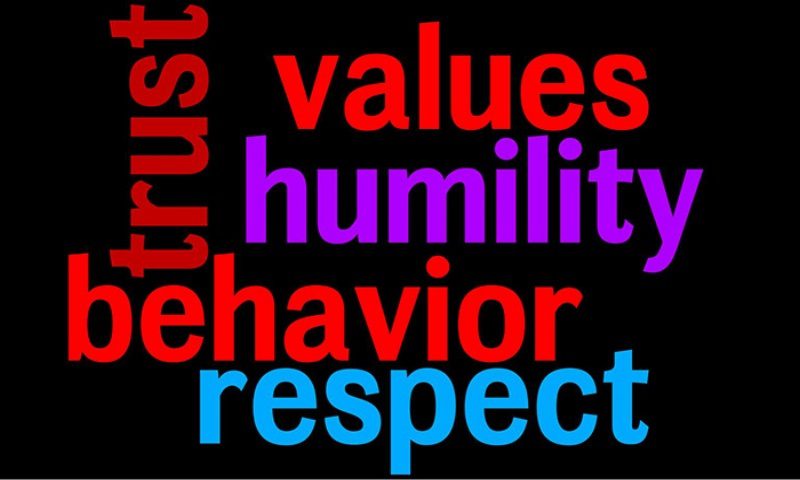You will probably agree that standardization is vital to the success of an organization, andthat standardization is truly fundamental within an organization in order to sustain operational excellence. After all, isn’t operational excellence the ultimate goal of every company that is on a lean continuous improvement journey? Interestingly, you might not think of values and behaviors as the first steps of standardization. Typically you think of operational discipline, standard operating procedures (SOP’s) and lean tools as the first things required for successful standardization.
When you have strong values and behaviors in place as part of the organization’s culture, these vital traits get filtered throughout the organization. From the leadership team who demonstrates trust, discipline, respect and humility, it can flow out to the rest of the organization. This is where the real impact begins, when your values and behaviors reach out and touch everyone who is affiliated with the company.
Trust, discipline, respect and humility create an organization open to learning, which is critical to the lean PDCA (Plan–Do–Check–Act) continuous improvement cycle. The goal of the team should not be avoiding errors but rather, achieving excellence. This is a subtle difference in how you apply your standards and expectations. You are looking to develop your people to understand the problem and be disciplined thinkers in order to solve problems vs. individuals who are just doing daily activities without understanding and reflecting.
Employees who truly feel there is respect and trust within the organization will also feel empowered to challenge the standard and seek to identify problems. Leaders can further encourage this by showing respect while they ‘go and see to understand’ in their gemba walks. Humility becomes important here as you want to make sure the teams are willing to share their PDCA projects and results. It is through the PDCA projects that the teams lean and grow. Constant reinforcement by helping people identify and solve problems completes the cycle of ‘Learn, Apply and Reflect’- which is what applying lean methods is all about.
I encourage you to take a step back and look at your company’s values and behaviors and consider how they are deployed. Do you have a robust standard in this key area that filters throughout every level of your organization? If you can say yes than you have a greater chance of sustaining positive changes in your lean transformation.




